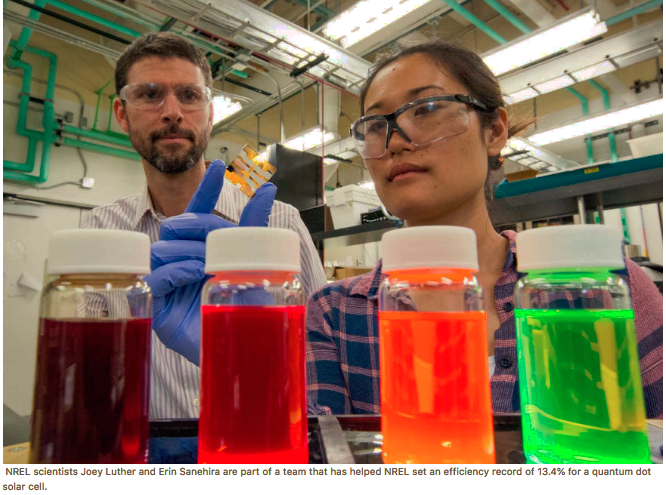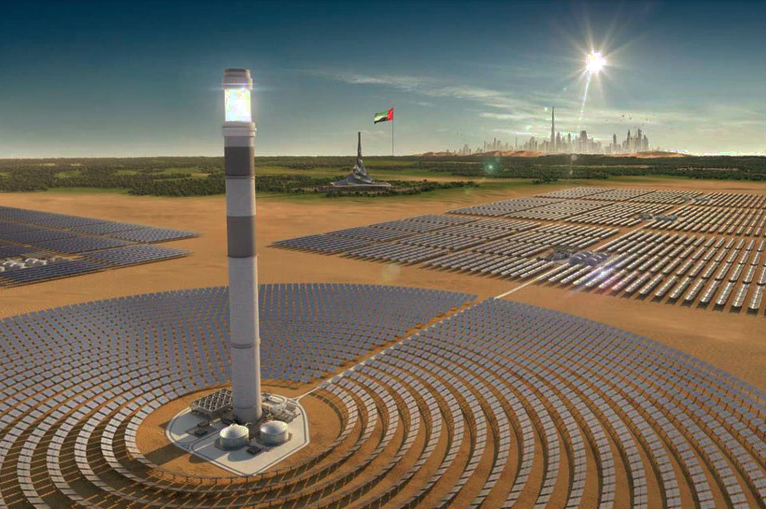Nov 3, 2023 | Txses Impact
By Steven Ùgalde, TXSES Marketing & Outreach Coordinator
The City of Houston and the Houston Permitting Center (HPC) have achieved remarkable success in the solar and renewable energy industries, largely attributed to the cutting-edge software development, SolarAPP+. Houston has fully embraced this pioneering platform, propelling the city toward a more sustainable future through rapid solar energy adoption.
SolarAPP+, the solar automated permit processing developed by the National Renewable Energy Laboratory (NREL), represents a groundbreaking online web portal meticulously engineered to revolutionize plan review and permitting procedures for residential photovoltaic (PV) systems while strictly adhering to code compliance.
Through its advanced functionality and utilization of model building, electrical, and fire codes, SolarAPP+ autonomously conducts a comprehensive compliance assessment based on input data, ensuring that proposed solar installations not only meet safety standards but also align with code requirements. The Authority Having Jurisdiction (AHJ) oversees the installation process, assessing practices, workmanship, and alignment with approved designs during thorough inspections.
At no charge to municipalities, this innovative platform significantly expedites the permitting process without incurring any costs for the cities. SolarAPP+ not only accelerates the integration of solar energy but also reinforces sustainable practices. TXSES is spearheading the initiative to support other communities in adopting this cutting-edge technology, thereby advancing SolarAPP+’s mission to streamline installation processes for installers and lower costs for consumers.
Inspired by Houston’s forward-thinking commitment, TXSES Executive Director Patrice Parsons and I hosted a city-wide gathering, uniting key stakeholders, including the HPC, NREL and the 12 approved installers, to draw insights from firsthand experiences of installers using SolarAPP+ and identify areas for potential enhancement.
The meeting presented a unique opportunity for a carefully selected group of stakeholders including passionate solar enthusiasts, seasoned industry professionals, and representatives from NREL to explore SolarAPP+’s multifaceted attributes, its prospective benefits, and the challenges to implement. The central theme revolved around the strategic transition from the pilot phase to full-scale implementation.
Throughout the session, the participants actively engaged in open dialogue with distinguished experts hailing from both NREL and HPC about the transformative influence of SolarAPP+ on the intricate solar permitting procedures. Attendees eagerly contributed their first-hand experiences with the platform, adding a practical dimension to the discussions.
A substantial amount of time and effort was invested in gaining a profound understanding of SolarAPP+’s impact on the solar sector. This meticulous examination allowed attendees to appreciate how this innovative platform is reshaping the industry’s landscape and promoting sustainability.
One significant proposal that emerged from these deliberations involved the implementation of an annual renewal license at the state level. This proposed license would require solar installers to submit new applications each year, ensuring their compliance with a code of ethics and addressing any pending or unresolved projects. Companies failing to address existing installation issues or customer complaints would be temporarily barred from initiating new projects until these issues were appropriately resolved.
One of the most pressing issues revolved around the poaching activities of fraudulent solar companies. These companies, through deceptive advertising, were undermining the integrity of the pilot program and other installers, resulting in financial losses for some consumers. Extensive discussions and collaborative efforts were initiated with other industry players to devise a viable solution to curb this fraudulent poaching issue.
TXSES is taking proactive steps to address these concerns. An all-encompassing meeting is scheduled for early November, which will include companies participating in the pilot program and TXSES’ esteemed business members. This gathering aims to foster collaboration and develop comprehensive strategies for legislative advocacy to enact policies that promote solar equity and justice.
To attend this crucial meeting, individuals are encouraged to become members of TXSES. Inquiries about membership can be directed to me at sugalde@txses.org. Detailed information about the meeting, which will focus on issues related to poaching and compliance, will be provided. For further insights into SolarAPP+, visit our website or feel free to reach out to me at sugalde@txses.org with any questions or concerns.
Dec 9, 2020 | News
by Roger Duncan
I do not need to spend time to convince readers of this newsletter that solar power is the future of electric generation. But the way we generate that power will include many more technologies than the solar panels we are putting on rooftops today. Indeed, I expect solar panels and coverings to be ubiquitous and very cheap. For many applications, and I know I tempt the gods here, it will be too cheap to meter. Let’s take a tour of the changes we can expect over the coming decades.
First, the conversion efficiency of solar panels will significantly improve. Although PV technology was first demonstrated in 1883, the conversion efficiency of photons into electricity has been slow to improve. Rooftop panels still have a conversion efficiency under 25 percent and only 41 percent has been achieved in the labs. A new technology is needed to make a significant leap in efficiency.

Source: Chemistry World
That will probably be accomplished with carbon nanotubes. Carbon nanotubes could concentrate solar energy 100 times more than regular PV. Carbon nanotube antenna technology can theoretically achieve 80 percent to 90 percent conversion efficiency. We can expect building-integrated photovoltaics (BIPV) and mass application technologies to cover much more than rooftops. Solar windows are probably the next application.
Solar Windows
SolarWindowTM Technologies uses organic photovoltaics (OPV). In 2017, the company licensed its spray-on coating process to Triview Glass Industries. A 50 percent transparent window could produce 50 watts of energy per square meter. However, stability and degradation are problems with OPV. Quantum dot technology could solve that problem. A semiconducting nanocrystal can fluoresce and be embedded in transparent material within a solar window to form a luminescent solar concentrator. Trapped light can then be redirected to a nontransparent solar cell on one edge of the window. The companies Glass to Power in Italy and Physee in the Netherlands both use this technology.

Image credit: Onyx Solar
The largest PV window installed as of late 2019 was a skylight in a London office building that was produced by the Spanish company Onyx Solar. Onyx Solar uses lasers to remove the opaque silicon layer and back contact from thin-film solar panels to make them more transparent. The company also has installations in the NBA’s Miami HEAT American Airlines Arena in downtown Miami and agreed to install the world’s largest PV skylight in the Bell Works building in New Jersey.
Solar Coverings
Three types of solar paints are in development. One type absorbs moisture from the air and uses solar energy to produce hydrogen. A second uses quantum dot technology and could be up to 11 percent more efficient than traditional solar panels. Scientists at the National Renewable Energy Laboratory (NREL) have developed a quantum dot solar cell with 13.4 percent efficiency, surpassing the 10 percent efficiency that many experts consider minimal for the commercial viability of solar paints.

Source: NREL
And assuming that the durability and a few other issues with perovskite solar technology will be solved, spray-on solar paint will be available. These types of solar paint have the potential to expand solar power generation to wall coverings, vehicles, appliances and many other surfaces. The problem with the paints so far is the low conversion efficiency, but the potentially low cost and ease of application will eventually spread this technology everywhere.
Solar coverings may not always be used for the generation of electricity but as an energy efficiency measure. A new type of solar paint could help cool homes. The paint, developed by the Israel-based start-up SolCold, absorbs heat from the sun and re-emits it as higher-frequency light, producing a net cooling effect. According to simulations, applying the paint to the roof of a home could make a top-floor room feel up to 10 degrees C cooler. Shopping malls and stadiums are expected to be among the company’s first customers.
Many stadiums, parking garages, reservoirs, warehouses and other buildings could become primarily power plants, because of their relatively low energy consumption and large surface areas. In the future, it may be common for such buildings to form bilateral power contracts with nearby commercial office and retail buildings.
Some even foresee solar power sources developed in concert with and in nature. Synthetic “solar trees,” such as those in Singapore, could dot our landscape, intermingled with organic plants that may also be hosting integrated energy-harvesting technology. Landscapes may be offering energy, life-giving oxygen and natural beauty in one hybrid ecosystem.

Mohammed bin Rashid Al Maktoum Solar Park, United Arab Emirates. Image: Arabian Business
Utility-scale solar
Even though the future will see ubiquitous solar on buildings, appliances and all sorts of surfaces, the main source of electrical power in the future will probably come from utility-scale solar produced in the world’s great deserts.
Electric transmission lines using advanced superconducting materials could connect the solar power potential of the Sahara in North Africa to the European continent and the rest of Africa. In fact, just one to two percent of the Sahara covered with solar could power the entire planet. The great deserts on each continent – Arabian, Sahara, Gobi, Victoria and Mojave – could easily power the world through an internationally connected grid. Some even envision huge, replicating solar “breeder” plants producing new solar PV on-site, essentially growing the solar plant while simultaneously producing renewably sourced energy.
It has long been known that converting even a fraction of the solar radiation hitting our planet could meet all our power needs. We started with a small device that could convert only 1 percent of the photons hitting it into electricity. In 1954, Bell Labs developed the first solar panels that led to the rooftop and utility-scale installations of today. Now we are on the verge of developing technologies that will truly allow us to make electricity available to everyone on the planet at affordable costs, using every imaginable surface.
Roger Duncan is the former General Manager of Austin Energy and a former Austin City Councilmember. His recent book, along with co-author Michael E. Webber, is “The Future of Buildings, Transportation and Power.”




